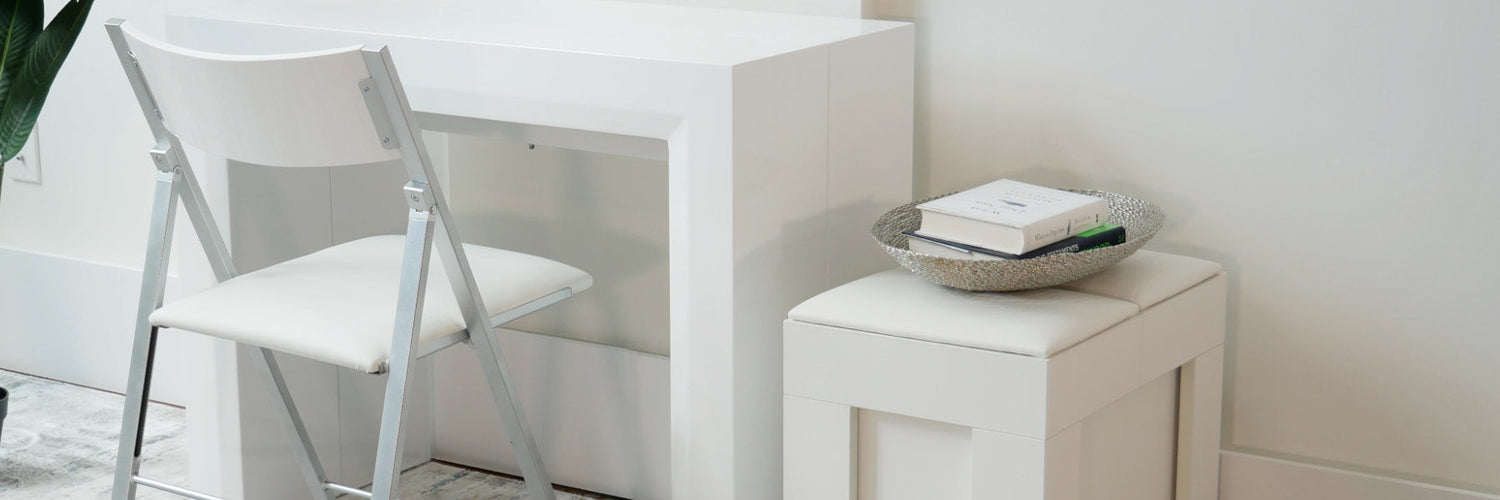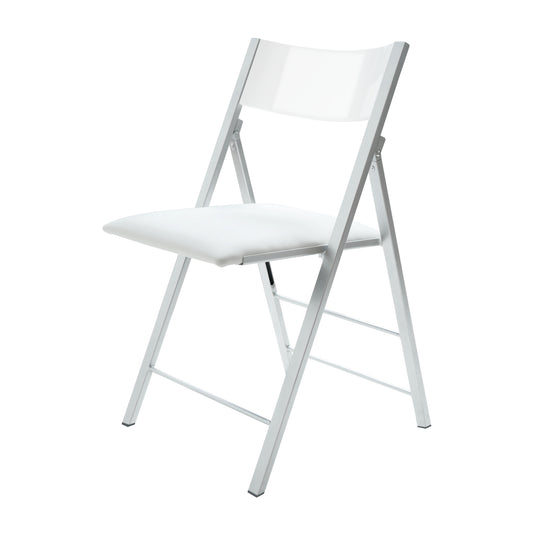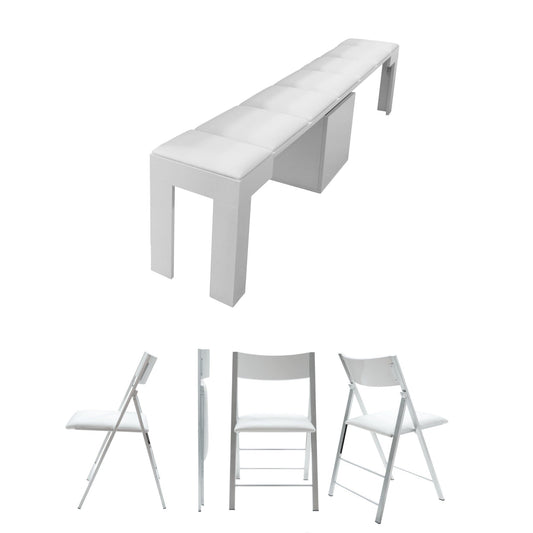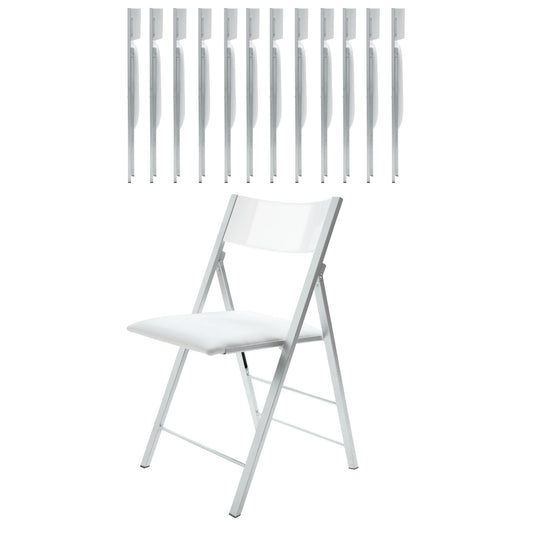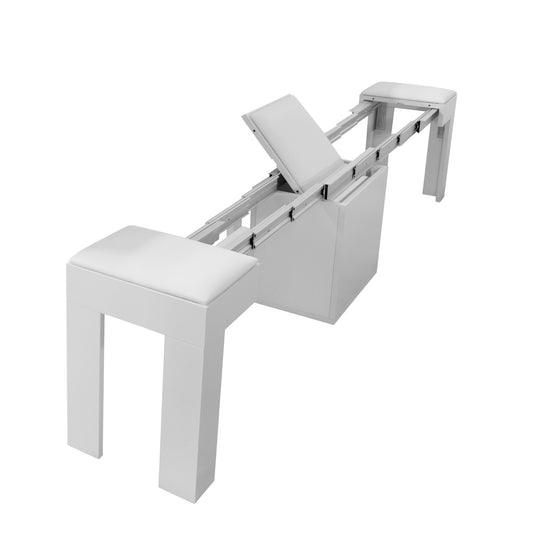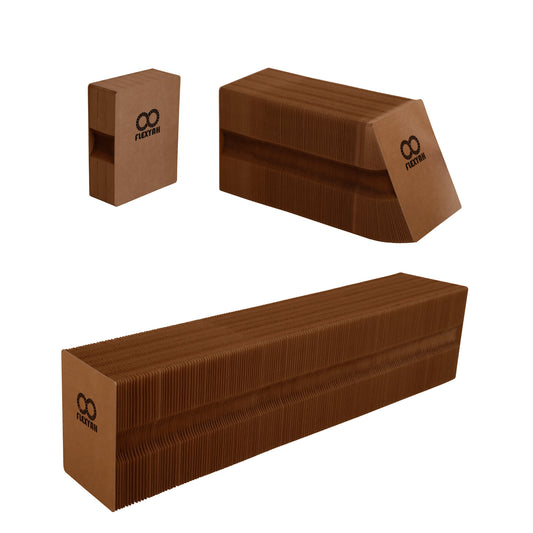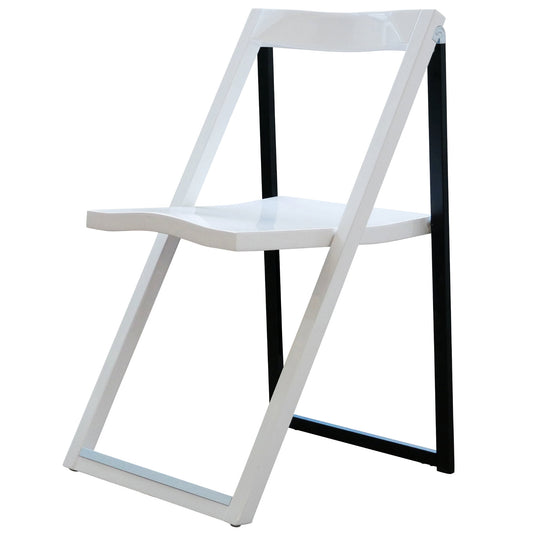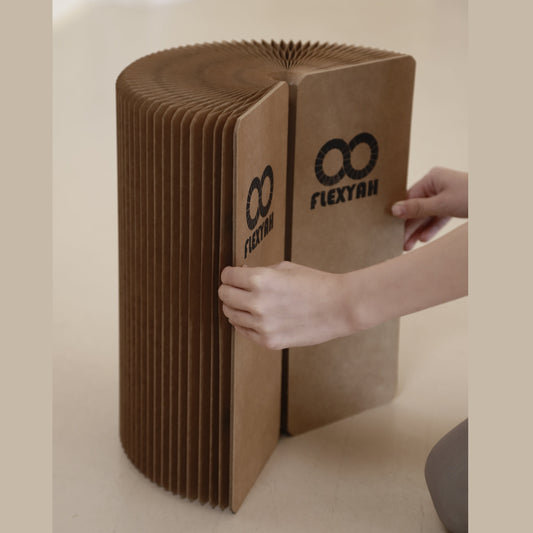The box bed, also known as the lit clos, skapseng, closet bed, cupboard bed, and close bed, has potentially been around since the creation of Stonehenge in 2,600 - 2,500 BCE. This style of bed goes back hundreds of years and was at the height of its popularity from the 5th to 15th centuries.
To qualify as a box bed the bed must:
- Be elevated off of the ground
- Have features that close the sleeping area in on all four sides like slides, curtains, or doors
Box beds do not need to be part of another piece of furniture, have ornamental details, or be built into a wall. These variations came from necessity or trends of the time. Many have a “seat of honor” which is a matching chest that people use to climb into the box bed, store their clothing and valuables, as well as sit.
The ornamental details on the panels of the bed were primarily only added to wealthy owners and nobility, while box beds being built into other furniture or walls was for practicality based on their purpose.
Box beds were designed to:
- Provide privacy for occupants that share a room
- Maximize storage space by being lifted off the ground making them one of the first pieces of space saving furniture
- Protect people from the elements like cold as the walls would trap heat in and the height protected from water on the floor
- Keep pests like rodents off and out of sleeping areas
- Sleep more people as they can be side by side or stacked to take up less room than stand alone single bed frames
Like all types of furniture, the box bed was changed throughout history as the need for new sleeping surfaces, less need for protection because of technological advances, and sleeping styles evolved.
How Box Beds Changed Through Time
Some furniture changes by the century, but box beds change by epochs and time periods based on need and trend rather than innovation. There are three time periods where their prevalence shifted after the initial discovery of them at ancient Stonehenge and include the middle ages, the early modern period, and the 21st century.
5th – 15th Century (Middle Ages)
The 15th to early 20th century saw a transition from being popular in urban dwellings to mostly being used in rural households for three reasons.
- The belief that you shouldn’t sleep horizontally because that is how the dead rest or in the times of the Tudors, how evil spirits could access you and take your soul away.
- The second was a belief that being propped up helps with digestion and the height of some box beds may not allow for being propped up.
- The final was that box beds became a sign of poverty and necessity rather than class and dignity.
Although there is evidence the box bed existed long before this time frame, it is widely believed the official style using cabinetry originated in late medieval Brittany, then spread across Europe becoming popular with all classes.
The box beds in wealthy families had ornately carved doors and panels, and some would have curtains made from fine fabrics. The mattresses in the box beds would be stuffed with furs and feathers as these were pricey at the time. Poor families would have plain sides and their mattresses used hay and straw which were more abundant for filling.
Communal sleeping was normal practice in medieval times along with multiple people and families sharing compact dwellings. To provide privacy for shared rooms and shared beds, some box beds contained multiple sleeping compartments and others would be stacked on top of each other like modern day bunk beds.
At the time household animals and outside animals were a safety issue for people. The solid panels of the box bed would protect people while they slept making box beds a protective piece of furniture in addition to privacy. The last reason box beds were popular was warmth.
As the person or people slept inside, their bodies generated heat and the solid wooden panels would help trap the heat in keeping the occupants warm throughout the night. But box beds began to fade in popularity as technology advanced and fads changed.
15th to early 20th century: The Early Modern Epoch
The box bed remained popular until the 19th and 20th century, when it fell out of favor due to its association with rural households and poverty as noted in Emily Bronte’s novel Wuthering Heights. Urban areas began moving towards private bedrooms vs. communal sleeping and living spaces.
The practical need for box beds as a form of pest control, insulation, and interior design improved so box beds were repurposed as closets and cabinets vs. a closed chamber to sleep in. The Victorian period was influenced by Christianity emphasizing privacy in the bedroom instead of families sleeping in the same room or same bed.
But the rural areas continued to use them and in addition to Emily Bronte’s novel, you can find box beds featured in the 1896 William Morris romance novel The Roots of the Mountains where the box bed was called a shut-bed. And box beds still exist in one form or another to this day.
21st Century: Modern Times
Box beds are still around today in one form or another. Kids can have tents on top of their beds which makes it feel like they’re camping. Adults or families that enjoy outdoor life are familiar with roof tents on top of their vehicles. The roof tent provides privacy and protection from animals and the elements just like the box bed did.
Although murphy beds may not be enclosed, they are beds built into cabinets and are spacing saving just like the original box beds. We also see variations of box beds on tour buses for bands, luxury buses that commute people across the country, and in capsule hotels across the world as functional ways to sleep more people at reasonable prices. Japan made capsule hotels famous and the sleeping arrangements are directly relatable to the medieval needs of space and saving money.
And now you know why box beds were invented, where they came from, and how the box bed has evolved over time.
